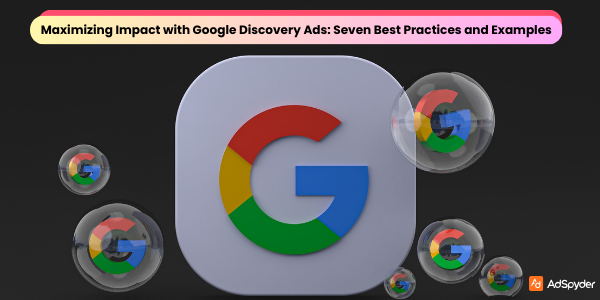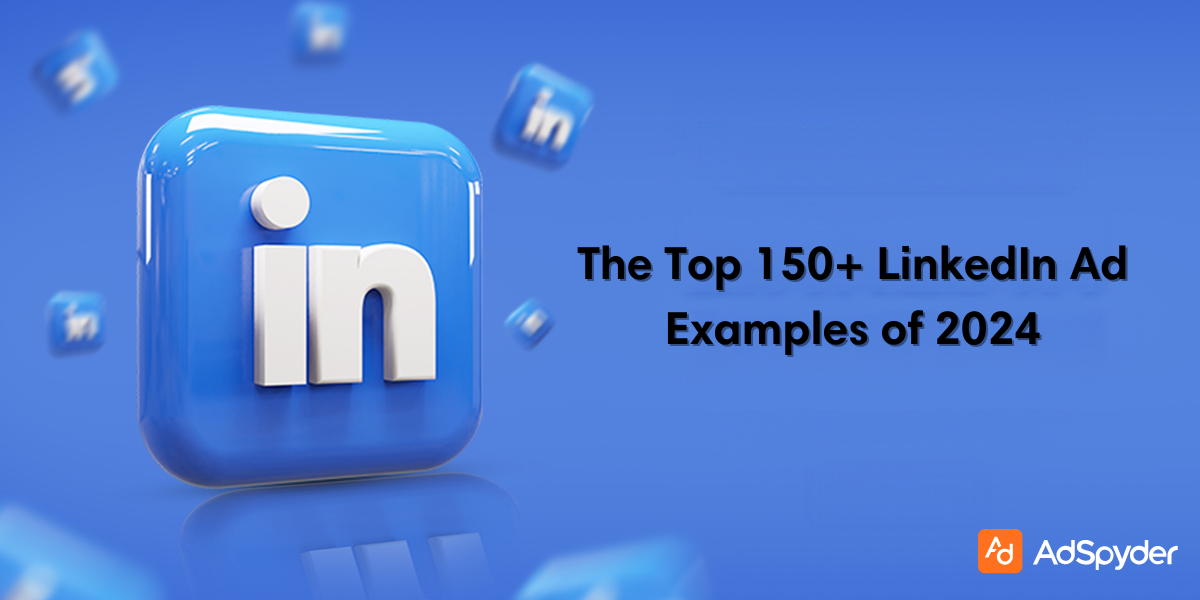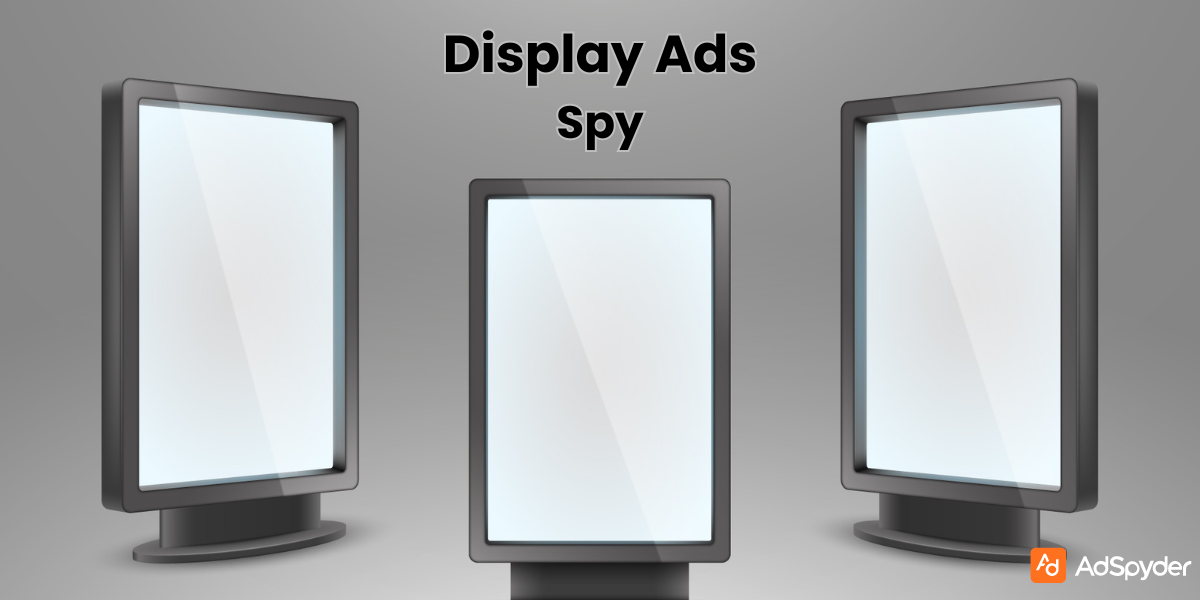Struggling to make your ads stand out? Google Discovery Ads Optimization is here to help. Google Discovery Ads can reach millions of people across Google platforms. This article shows you how to create impactful ads with Google Discovery Ads Optimization best practices and real examples.
Get ready to boost your marketing game.
Understanding Google Discovery Ads
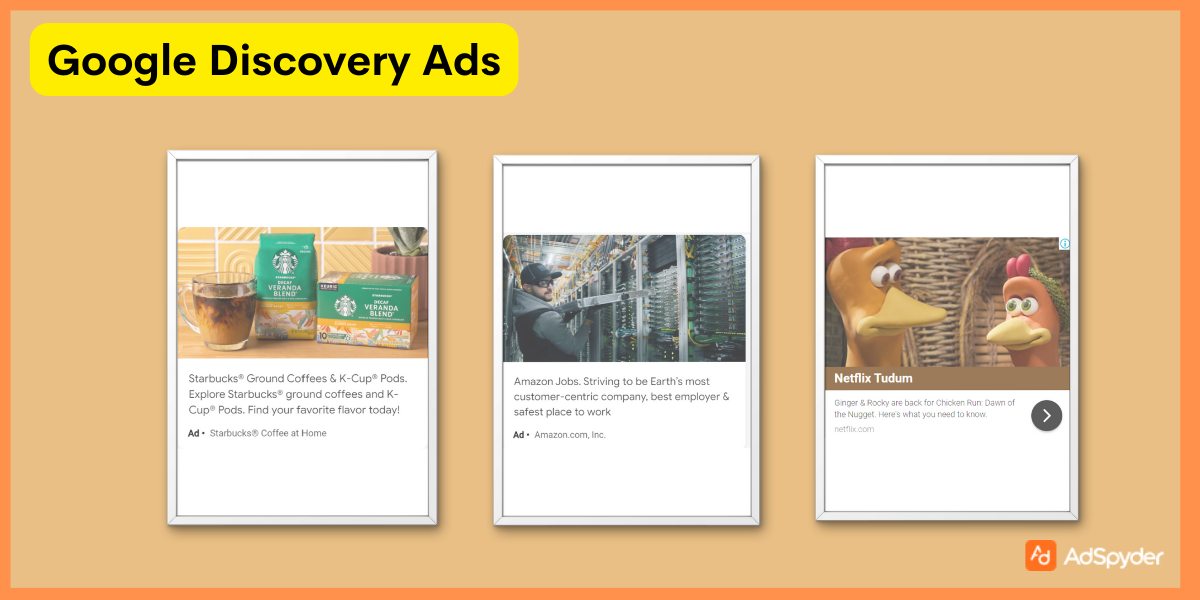
Google Discovery Ads Optimization help you reach millions of people across Google’s biggest platforms, including the Google Discover feed, Gmail, and YouTube. These ads are smart because they use machine learning to get better at finding your target audience based on what interests them.
- You can show off your brand with high-quality images and engaging messages that grab attention where folks spend a lot of their time online.
- These ads are built for action—they’re designed to make people want to learn more or buy from you.
- With options for automated bidding, like target CPA (cost per acquisition) and ROAS (return on ad spend), they work hard to give you good results within your budget.
- They blend in with the content people already enjoy but stand out enough to encourage clicks, making them a powerful tool in your digital marketing arsenal.
Comparison Table: Google Discovery Ads vs. Other Ad Formats
| Feature | Google Discovery Ads | Google Search Ads | Google Display Ads | YouTube Ads |
| Reach | High | High | Medium | High |
| Ad Format | Image & Video | Text | Image | Video |
| Targeting Options | Broad | Specific Keywords | Audience | Interests |
| Cost | Moderate | High | Low | High |
| Conversion Rate | High | High | Medium | High |
| Best for | Brand Awareness | Direct Response | Retargeting | Engagement |
What Are Discovery Campaigns?
Discovery campaigns are a way for advertisers to reach people across Google’s platforms like YouTube, Gmail, and Google Discover. They use ads that automatically adjust their size, appearance, and format to fit available ad spaces.
- This approach is based on user behavior and interests, making sure the right audiences see your message. These campaigns tap into machine learning algorithms to optimize conversions through automated bid strategies.
- The goal? To connect with millions of users in a more personalized manner while they’re engaging in activities across Google properties.
- This type of campaign allows marketers to craft compelling stories using high-quality images or videos alongside impactful messages.
- Such content appears naturally where potential customers browse daily—be it checking email, watching YouTube videos, or discovering new information on Google Discover.
By focusing on viewer interests and behaviors, Discovery ads offer a targeted approach to digital advertising that encourages brand awareness and drives conversions effectively.
Key Features of Google Discovery Ads
Google Discovery ads optimization help you reach millions across Google’s most popular spots like Discover, Gmail, and YouTube.
- They’re great because they find people interested in what you offer based on their activities.
- You get to show off your brand or products through eye-catching images and videos. These ads adjust to fit where they appear, making sure they always look good.
- You can use these ads with different bidding strategies to focus on getting more conversions—actions from people that matter to your business. Plus, creating multiple ad variations helps test what works best without guessing.
This way, you spend smarter and connect with folks genuinely interested in what you have.
The Role of Discovery Campaigns in Modern Marketing
Discovery campaigns are key in modern marketing. They allow businesses to connect with people across Google Discover, Gmail, and YouTube. This wide reach means ads can find users where they spend a lot of time.
- These campaigns use interests and behaviors to target specific audiences, making sure the right eyes see your message.
- Marketers love Discovery campaigns for their ability to optimize conversions through automated bid strategies. With these ads, brands get into the sales funnel smoothly.
- The best part? They engage millions without feeling intrusive or out of place.
It’s all about meeting potential customers on their turf—be it watching videos, checking emails, or exploring new topics online.
Crafting Compelling Ad Creatives
Moving from understanding the strategic role of Discovery Campaigns, let’s focus on making your ads stand out. Good ad creatives grab attention and push people to act. You start with clear images and direct messaging.
Use high-quality pictures that match Google’s recommended resolution to catch the eyes. Make sure your message is easy to understand at a glance.
Next, mix in some creativity with your text and visuals. Include a strong call to action—tell viewers exactly what you want them to do, like visit a website or buy now. Test different versions of your ads too.
This way, you find which ones perform the best across Google Discover, Gmail, and YouTube without guessing. Remember, engaging millions starts with one compelling ad at a time.
Tips and best practices for visual and textual content
After we’ve looked at crafting compelling ad creatives, let’s focus on making your visual and textual content stand out:
- For visuals, always use high-quality images that grab attention. Google Discovery ads thrive with vibrant pictures that tell a story or showcase your product in the best light.
- Stick to recommended image resolutions to ensure your ads look great on all screens.
- For text, keep it clear and to the point. Your message should be easy to understand at a glance. Use action words that encourage people to click, like “discover” or “learn more”.
- Personalize where you can—words that speak directly to users’ interests get more clicks.
- Combine these tips with multiple ad variations for better results across Google’s platforms like YouTube and Gmail.
Example of effective ad creative in a Discovery campaign
A fitness app can use a smart way to catch attention with its ads on Google Discovery.
- They can create ads that ask people which workout they like best through a fun quiz.
- Or, they can show pictures that tell the success stories of people who got fit using the app.
- These ads are interactive and can make people want to do more than just look at them.
- By interacting with the ad, folks can get a better idea of what the app can do for them in their fitness journeys.
This approach grabs interest and makes potential users curious about learning more or even downloading the app. It’s a great example of how making your ad creative and engaging can pay off.
Optimizing for the Right Audience
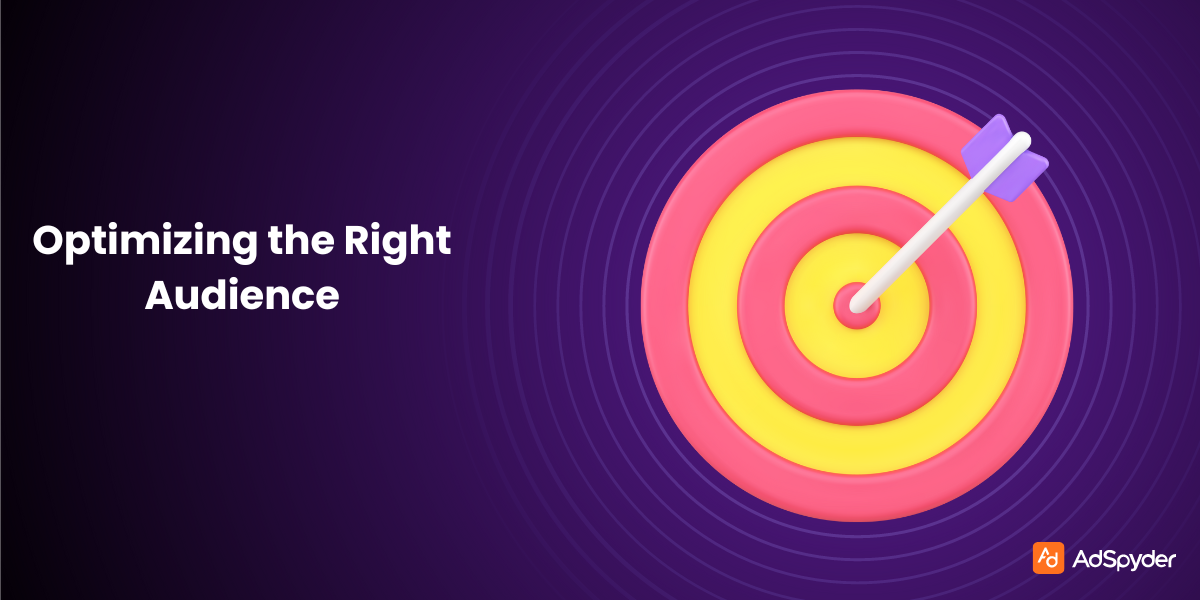
Google Discovery ads shine by targeting audiences based on interests and behaviors. This means your ads can reach people who are likely to care about what you have to offer.
- Choose your audience wisely. Use demographics, consumer behavior, and interest data to segment your audience. This ensures that the right eyes see your message at the right time.
- Effective segmentation leads to better performance metrics like click-through rates and conversion rates.
- Tailor your message to match these segments for a personal touch that engages users more deeply.
- Strategically targeted ads are key in driving conversions and maximizing returns on investment (ROI).
Importance of targeting in Discovery campaigns
Targeting the right audience is key to maximizing your impact with Discovery campaigns. This approach makes sure your ads reach people based on their interests and behaviors.
- If you get this part right, you’re more likely to see better results, like more clicks and conversions.
- Using audience targeting helps tailor your marketing strategies effectively. Marketers have seen success by focusing on specific customer segments in their Discovery campaigns.
- This practice ensures that the ads are shown to those who are most interested in what’s being offered—increasing engagement and driving conversions.
Effective targeting isn’t just about reaching more people; it’s about reaching the right people at the right time.
Strategies for Effective Audience Segmentation
To get the most out of your Google Discovery ads, knowing who you’re talking to matters a lot.
- Start by picking apart what makes your target audience tick—what they like, where they hang out online, and their habits.
- Use tools from Google to split these folks into groups based on interests or actions. This way, you craft messages that hit right at home for each group.
- Keep refining these segments as you learn more about your audience through data from their online behavior and interaction with your ads.
- Precision in targeting means better ad performance and happier customers who feel like you get them.
Tailor your ads so they speak directly to each segment’s needs and watch engagement—and conversions—rise.
Example of successful audience targeting
A small travel agency can master audience targeting by creating unique ads for those who love adventures.
- They can place their ads on travel blogs, online forums about trips, and on social media dedicated to exploring new places.
- The agency can also use images of hidden gems and rare destinations in their ads, along with exclusive offers.
- They also can share stories from happy travelers who had amazing experiences with them.
This strategy makes sure the right people see their ads—those eager for unique travel experiences.
Check out: Maximizing Efficiency: Seven Expert Tips for Google Smart Ad Campaigns with Practical Examples
Leveraging the Power of Automation
Automation in Google Discovery ads optimization helps you get more results without spending all day on it.
- With automated bidding and targeting, your ads can reach the right people at the best time.
- You set your goals, like driving more visits to your website or getting more sales, and automation does the heavy lifting.
- It looks at what works and keeps improving your ad performance over time.
Next up is utilizing responsive ad formats that change based on who’s looking and where they see it.
How automated bidding and targeting can enhance campaign performance
Automated bidding uses machine learning to adjust your bids in real-time, aiming for the best possible return on ad spend (ROAS). This means less guesswork and more efficiency.
- Your ads get shown to the right people at the right price, driving better results.
- Meanwhile, automated targeting finds the users most likely to convert based on behaviors and interests.
- It aligns your ads with audiences who are actively seeking what you offer or have shown interest in similar products.
- This combo of smart bidding and precise targeting takes much of the heavy lifting off your shoulders. You’ll see campaigns reach their full potential with less manual tweaking.
Ads become more relevant, engagement rates go up, and ultimately, you maximize conversions across Google’s vast network—including places like YouTube home feed and Gmail promotions tab—without constant oversight.
Example of an automation-driven success story
An online clothing store wants to embrace smart email marketing, and not just blasting out generic promotional emails to all customers.
- The store implements a system capable of analyzing past purchases to understand individual preferences.
- Customers who frequently buy workout gear can receive targeted emails featuring new athletic wear or promotions on sports apparel.
- These messages can be tailored, showing products likely to catch each customer’s eye. The strategy can prove highly effective in nudging customers back to check out items that align with their tastes and shopping history.
- This approach illustrates automation’s power in crafting personalized experiences – a key driver for repeat business and enhanced customer satisfaction.
- Customers felt valued and seen, fostering a stronger connection with the brand.
Through intelligent analysis and automated targeting, the store maximized engagement by ensuring content relevance for each recipient, demonstrating automation’s role beyond efficiency – as a tool for deepening brand-customer relationships.
Utilizing Responsive Ad Formats
Responsive ads in Discovery campaigns adjust automatically to fit different devices and content spaces. This means your ad looks good everywhere—on phones, tablets, or computers.
- You create one ad, and Google does the rest to make it work across Discover, Gmail, and YouTube. It’s smart because you reach more people without extra work.
- Using responsive ads also lets you test what works best. You can mix different headlines and images to see which combination gets more clicks or sales.
Think of it like a puzzle; Google helps find the right pieces to fit each user’s interests. This way, your ads become more effective over time as you learn what your audience likes.
Benefits of responsive ads in Discovery campaigns
Responsive ads in Discovery campaigns adjust their size, appearance, and format to fit different screens and spaces. This means they look good everywhere—on Google Discover, Gmail, and YouTube.
- They reach people where they’re most likely to pay attention.
- Using responsive ads saves time too. Marketers create one ad that works well across various platforms.
- No need for separate designs for each place. These ads also use machine learning to mix and match creative elements.
They show the best combination to your target audience. This boosts your chance of engaging users and driving conversions. With responsive ads, you’re not just guessing; you’re using smart technology to meet goals.
Example of a successful responsive ad
A shoe company wants to boost online sales. They can set up a responsive ad on Google Discovery.
- The ad can show pictures of trendy shoes and have catchy phrases like “Walk in Style” and “Shoes for Every Adventure.”
- Thanks to Google’s smart bidding strategy, it can change based on who saw it. People seeing the ad get versions that matched what they liked.
- If someone loves hiking, they’d see sturdy hiking boots. Fashion fans can see stylish sneakers.
- The campaign can target thousands across Gmail, YouTube, and Google Discover—key spots for ad campaigns.
Images that pop and messages that hit home can make a difference. This mix of the right message, the right place, and using data smartly makes it a big win.
Maximizing Reach with Strategic Placement
After looking at successful responsive ads, it’s key to focus on where they appear. Google Discovery Ads optimization have the power to reach millions across Google properties like Discover, Gmail, and YouTube.
- Smart placement choices mean your ad can pop up exactly where your audience hangs out. It’s all about putting your message in front of people who truly want what you’re offering.
- Choosing the right spots for your ads isn’t just a guessing game; it requires understanding user habits and preferences.
- Use targeted marketing to pinpoint where your audience is most likely to see and engage with your content.
This tailored approach ensures that whether they’re checking emails or watching videos, there’s a good chance they’ll come across your ad—and act on it.
Understanding Discovery campaign placements
Google Discovery ads optimization show up in three main spots—Google Discover, Gmail, and YouTube.
- This wide reach means your ads can catch users where they spend a lot of time.
- On Google Discover, people find news and topics they like.
- Gmail places your ads right in the inbox, under the Promotions tab. YouTube lets users see your ads as they watch videos or search for content.
Each spot offers a unique chance to connect with audiences based on what they’re doing at that moment. Next, we’ll look into how to pick the best spots for your ads to make sure you meet your goals.
Tips for selecting the most effective placements
Selecting the right placements for your ads is crucial. You want your ads on Google Discover, Gmail, and YouTube to grab attention.
- Think about where your audience spends their time online. For tech-savvy users, YouTube might be perfect. Busy professionals could check Gmail often.
- Test different spots to see what works best. Your goal is to reach people who are interested in what you have to offer.
- Look at the data—see which placements drive conversions and engagement. Aim for those that increase website traffic or lead generation.
Do this without blowing your budget on clicks that don’t convert into sales or meaningful actions.
Example of an effective placement strategy
A company selling healthy snacks can use Google Discovery ads to boost its reach. They can place their ads on YouTube and Gmail, targeting people looking for fitness and wellness tips. This strategy makes sure they catch the attention of potential customers right when they are most interested in health-related topics.
Continual Testing and Optimization
Testing and refining your Discovery ads is key. Try different images, headlines, and calls to action to see what works best. Use A/B testing to compare versions of your ad. This process helps improve performance over time. Keep track of results from changes you make in your ads. Adjusting based on data is crucial for success with Google Discovery campaigns. Focus on metrics like click-through rate (CTR) and conversion rates to guide your updates.
The importance of A/B testing in campaign refinement
Moving from continual testing to focus on A/B testing, it’s clear why this step is a game-changer. A/B testing lets you compare two versions of an ad to see which performs better. This method shines a light on effective strategies and areas needing improvement.
- It’s about making small changes—like tweaking the headline or swapping images—to boost performance.
- With Google Discovery ads, using A/B testing helps fine-tune targeting, creative elements, and bidding strategies. Testing different audience segments can reveal who responds best to your ads.
- Changing up visuals or ad copy might increase engagement. Plus, experimenting with automated bidding can optimize conversions more efficiently. This focused approach ensures every choice is backed by data, leading to smarter spending and higher returns on investment (ROI).
Example of how testing improved campaign performance
A workout apparel company wants to launch a Google Discovery ad campaign to promote its new line of eco-friendly workout clothes.
- They can create two sets of ads. One set can highlight the sustainability angle, while the other focuses on the durability and comfort of their products.
- After running both for a month, they may find that the ads focusing on sustainability drive 30% more conversions than those emphasizing product features.
- This insight can help to adjust their messaging across all marketing channels, significantly improving overall campaign performance.
- Next, they can test different images in their best-performing ad set, discovering that pictures showing the clothes in outdoor settings perform better than studio shots.
- By constantly testing various elements—messages, visuals, and even call-to-action buttons—the company can optimize its Google Discovery campaigns for higher engagement and ROI.
Tracking these changes helps them understand what resonates with their target audience.
Tracking and Analyzing Campaign Performance
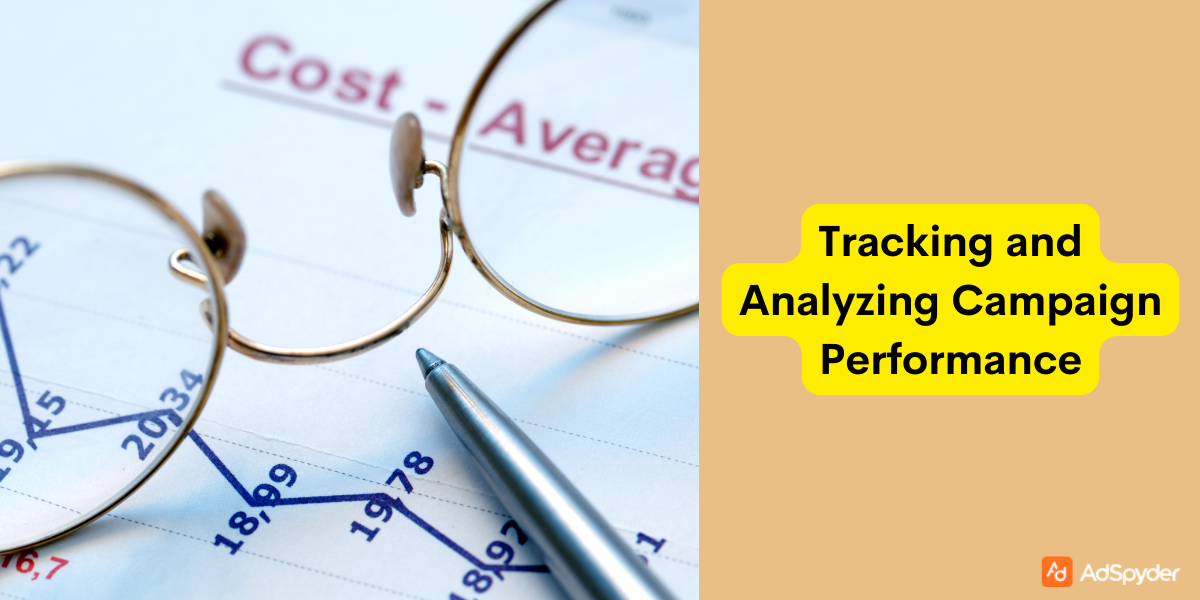
Keeping an eye on key metrics is crucial for Google Discovery ads. You need to watch conversion rates, cost per action, and return on ad spend (ROAS). These numbers tell you if your ads reach the right people and turn clicks into customers.
Adjusting campaigns based on data is a smart move. Look at dashboards often. Change your bids, targeting, or ad creative when needed. This helps get better results over time. Data-driven decisions keep your advertising effective and efficient.
Key metrics to monitor for Discovery campaigns
- Check how many people see and click your ads with “impressions” and “click-through rate” (CTR). High numbers here mean your ad grabs attention. Look at “conversions” to see if clicks become actions, like buying or signing up.
- This shows if your ad meets its goal. Keep an eye on the cost per conversion too. It tells you how much you spend for each action a user takes.
- Also, track the return on ad spend (ROAS) to understand your earnings compared to what you spend on ads. A good ROAS means your Discovery campaigns are making more money than they cost.
- Monitor these metrics closely to tweak your campaigns for better results over time.
Example of data-driven campaign adjustments
After tracking key metrics, a property management company notices their Google Discovery ads optimization getting lots of views on YouTube but not as many clicks from Gmail. They can use this data to change their strategy.
The company can decide to focus more on YouTube where they see better engagement. They can create new ad content that matches what people loved watching there—home makeover videos. This shift based on real numbers helps them reach more interested customers.
These changes can make a big difference in how well their campaigns perform, proving how valuable paying attention to campaign data can be.
Conclusion
Maximizing impact with Google Discovery Ads optimization calls for smart strategies. Crafting eye-catching creatives and knowing your audience helps big time. Don’t forget, that testing and tweaking your ads based on performance data is key. With these practices, you’re set to engage millions across Google’s platforms— from Gmail to YouTube.
